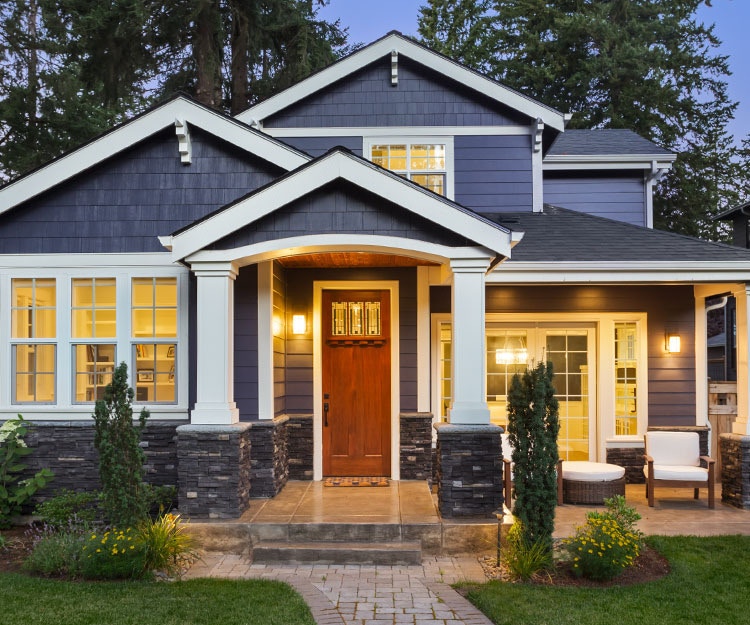When you think about a home security system, do you picture the old, push-button security panel from your childhood home? Or the one that came with your home and still lurks, permanently disarmed, in your hallway?
It's time to take a fresh look. Home security systems have made huge advances in recent years. With better technology, mobile apps and the ability to power a complete smart home, they're more secure, reliable and useful than ever before.
Here are four features to look for in a modern home security system that you won't get with traditional security technology.
1: Control from Anywhere
There's only one way to interact with a traditional security system: stand in front of it and push a confusing array of buttons. A modern system comes with a smartphone app to control it from home or away.
This lets you use the system in new ways, like securing your home from your bedroom, checking your video cameras from work, and controlling other devices. In fact, a modern security system can be the basis of an entire smart home, with devices like smart thermostats, locks and lights all controlled through your app, with the underlying cloud platform coordinating them and making them ‘smarter'.
Tip: check out the App Store rating for any system you're considering. It's a good way to find out how reliable the entire system is, and whether people enjoy using the app.

Live safe. Live well.
Experience total protection with customized, professionally installed security and a home that works intuitively to keep you safe.
2: Better Protection
Traditional security systems are surprisingly easy for an intruder to disable, because they rely on phone lines which can cut from the outside of the house. You'll also find the same vulnerability in more recent systems which use a cable connection.
Today's state of the art systems use a wireless cellular connection to communicate in and out of the home. The connection is dedicated to your security / smart home signaling, and not shared with any other service like Internet, phone or TV that could impact performance. It's always on, communicates when the line is cut or WiFi is down, and will continue to signal through a power outage.
3: Activity Alerts and Awareness
That smartphone app doesn't just control your security system—it's also your system's way of letting you know what's up.
It can tell you if your kids arrived home safely, when the dog walker showed up, the instant your video camera captured a new clip, or if your office drawer was opened. It can even remind you if you leave your garage door open on your way to work—and then let you close it with the tap of a button. Your system doesn't have to be armed to do this – these features are always on, armed or not.
4: Proactive Safeguards
Thanks to connected devices like smoke alarms, CO sensors and water sensors, a modern system can warn you and your family about other home emergencies like a fire, a carbon monoxide leak, and even an impending flood caused by a cracked water pipe.
It can also take action to protect you. In the event of a fire or carbon monoxide leak, it can automatically trigger a smart thermostat to shut down your home's air conditioning, slowing the spread of smoke and gas through your home and giving you valuable extra time to evacuate.
To find out more about smart home security, click here.
Ready to go?
Alarm.com technology is sold, installed and serviced by licensed service providers near you.